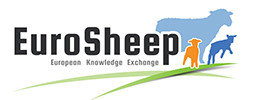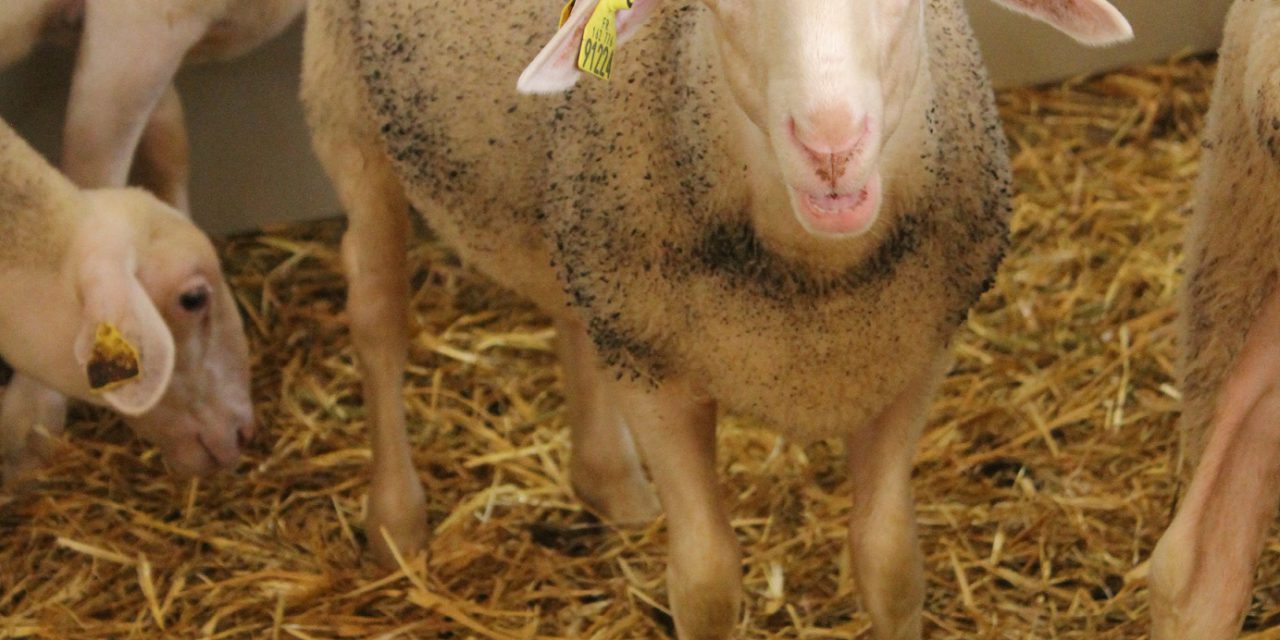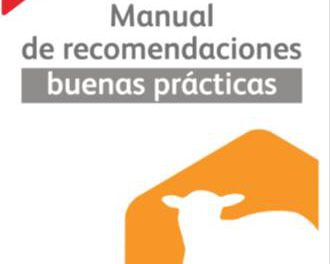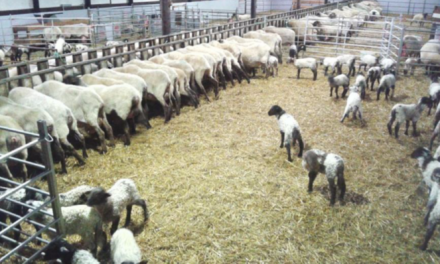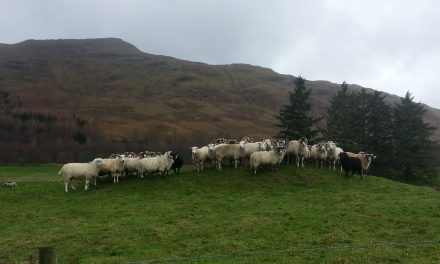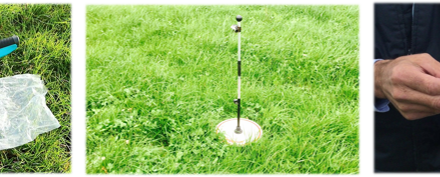This post is also available in:
![]()
![]()
![]()
![]()
![]()
Rationing ewe lambs for better udder development
Solution name: Rationing ewe lambs for better udder development
Aim: to adapt feed intake to the different growth stages of animal tissues, especially the udder, to encourage growth of secretory tissue and ensure the future productive capacity of ewes.
Description:
Replacement ewe lambs must become efficient ruminants with properly developed productive organs in a short time. Whilst rumen and papillae development are important, udder secreting tissue growth should not be overlooked.
Ideally, ewe lambs reach 20% of their adult weight during the weaning stage. At two months of age, they should be at 33%. Young ewes should also be rationed if they previously had free access to concentrates.
At two months of age, ewe lambs eat over 800 g/d of a self-service concentrate at 16-18% of proteins rate. This quantity should be limited to 800 g/d, then reduced by including a cereal so that the total quantity of concentrates does not exceed 600 g/d. As udder tissue starts to develop at 2–3 months of age, young ewes should be rationed accordingly: if their daily weight gain is too high (DWG > 170-180 g/d), they develop adipose tissue (fat) in the udder instead of secreting tissue, which has a negative impact on future milk production levels.
In summary
| Forage | Concentrates | |
| Before 2 months | Free access to good quality straw or low graminate hay | Free access to: around 800 g/d |
| Between 2 and 3 months | Free access to good quality hay (natural meadow, RG, cocksfoot…) | Rationed at: 600 g/d |
Topic: Nutrition
Production: Dairy / Meat
Animal Category: Replacement
Issue: Knowledge of nutritional requirements in different stages of development, Weaning transition management
Level of Solution: Practical
Country: France
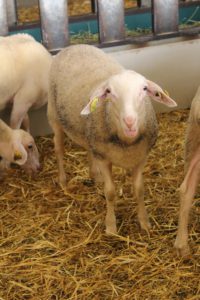
How to implement it
If the animals can be weighed, create groups based on weight (+/- 5 kg max per batch). Ration the ewe lambs progressively and introduce a cereal to reach a maximum of 600 g of concentrated feed.
Expected benefits
By ensuring a good development of secretory tissue, ewes produce more milk from udders with less fat.
Cost Benefit analysis
By dividing ewelambs into batches on their bodyweight, and rationing them on the concentrate level, they develop less fat tissue in the udder and more secretive tissue. On a career point of view, they produce more and longer. In the meantime, it allows to save some concentrate, the equivalent of 2 e per ewelamb in a 30 days period.
Sustainability analysis
By rationing concentrates and introducing cereals instead of a commercial feed, feed self-sufficiency is improved. Udder is more efficient in producing milk and at the end the animals efficiency is then also improved.
Prerequisites and/or limits
Knowledge of the animal’s weight to make homogeneous batches, having a cereal available.
Information Source / Useful links
Guide pratique de l’Alimentation des brebis laitières (CNBL, 2019)
